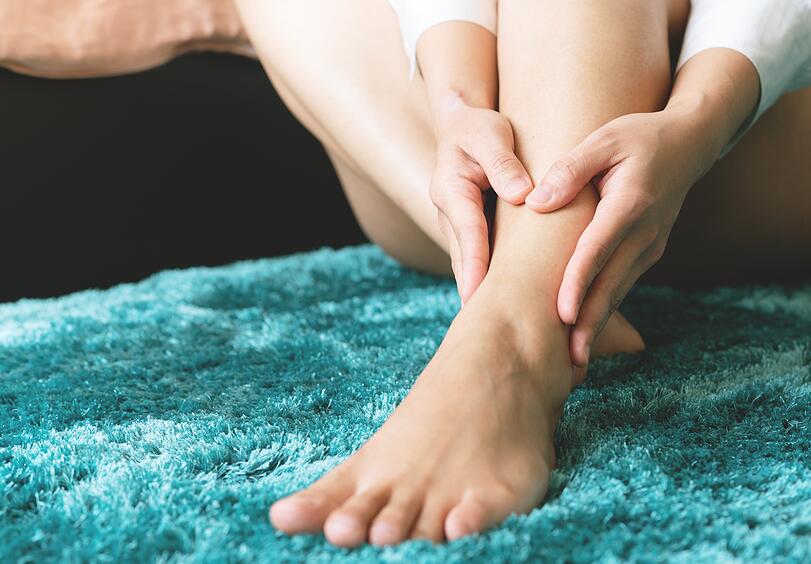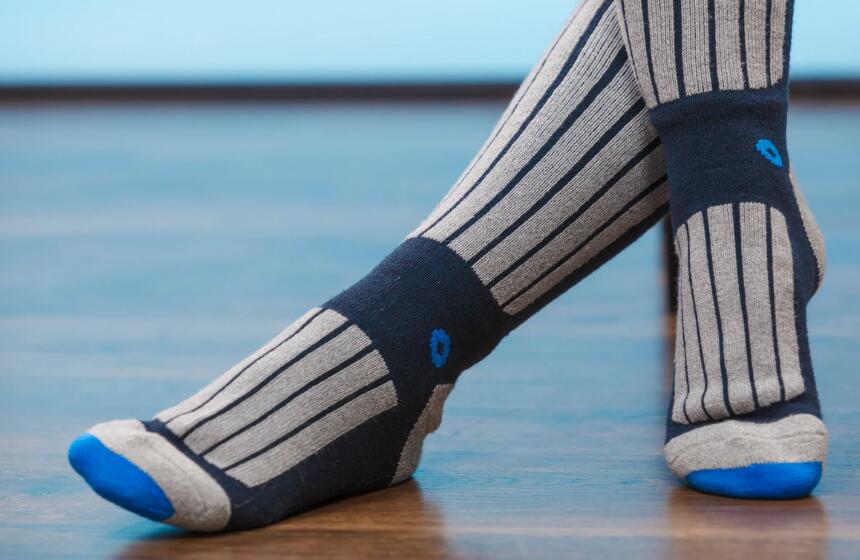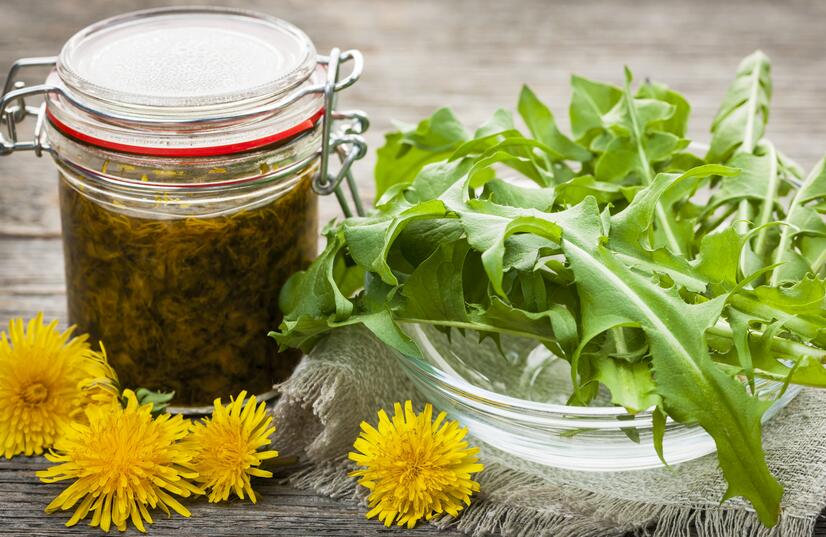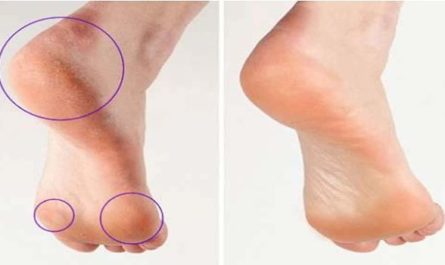Are you tired of dealing with swollen ankles that make it difficult to walk, exercise, or even fit into your favorite shoes? Swollen ankles, also known as edema, can be caused by a variety of factors. This includes prolonged sitting or standing, pregnancy, certain medications, and underlying health conditions.
While medical treatment may be necessary for underlying conditions causing ankle swelling, several home remedies can help alleviate the discomfort and reduce the swelling. These natural remedies are often easily accessible and can be incorporated into your daily routine. In this article, we will explore 16 effective home remedies to get rid of swollen ankles.

Common Causes of Swollen Ankles
Here are some common causes of swollen ankles:
- Injury: Sprains, strains, or fractures in the ankle can lead to swelling as a result of inflammation and fluid accumulation in the affected area.
- Venous insufficiency: This condition occurs when the veins in the legs have difficulty returning blood to the heart. It can cause fluid to pool in the lower extremities, leading to ankle swelling.
- Lymphedema: This condition arises when the lymphatic system, responsible for draining excess fluid from tissues, is compromised. It can cause fluid retention and subsequent swelling in the ankles.
- Infections: Certain infections, such as cellulitis, can cause localized inflammation and fluid buildup in the ankles.
- Pregnancy: Hormonal changes and increased blood volume during pregnancy can lead to fluid retention, resulting in swollen ankles.
- Heart disease: Conditions like congestive heart failure can cause fluid to accumulate in the lower extremities, including the ankles.
- Kidney disease: Impaired kidney function can lead to fluid retention and ankle swelling.
- Medications: Some medications, such as certain blood pressure medications or steroids, can cause fluid retention and ankle swelling as a side effect.
- Venous thrombosis: Blood clots in the veins of the legs, known as deep vein thrombosis (DVT). This can cause ankle swelling, along with other symptoms like pain and warmth.
- Obesity: Excessive weight can put added pressure on the veins in the legs, leading to fluid accumulation and ankle swelling.
- Arthritis: Certain types of arthritis, such as rheumatoid arthritis or osteoarthritis. This can cause inflammation and fluid retention in the joints, including the ankles.
- Allergic reactions: In some cases, an allergic reaction to medication, food, or insect bites can cause ankle swelling as part of a generalized allergic response.
- Standing or sitting for long periods: Prolonged periods of inactivity, such as sitting or standing for long durations, can impede blood circulation. This can cause fluid to accumulate in the ankles.
- High salt intake: Consuming excessive amounts of salt can lead to water retention and subsequent ankle swelling.
16 Home Remedies to Get Rid of Swollen Ankles
1. Elevate Your Feet
One of the simplest and most effective ways to reduce swelling in your ankles is to elevate your feet above your heart level. This helps improve circulation and allows excess fluid to drain away from your lower extremities.
Try lying down and propping your feet up on a stack of pillows for 15-20 minutes, several times a day. You can also use a recliner or adjustable bed to keep your feet elevated while you rest or sleep.
If you’re sitting for long periods, such as at work or while traveling, take frequent breaks to elevate your feet. You can use a footstool or ottoman to keep your feet propped up while sitting at your desk. You can also use a travel pillow to elevate your feet while on a plane or train.
2. Exercise Regularly
Engaging in regular physical activity can help improve circulation. This can strengthen your leg muscles and reduce fluid buildup in your ankles. Low-impact exercises like walking, swimming, and cycling are particularly beneficial for those with swollen ankles.
Aim for at least 30 minutes of moderate exercise most days of the week. If you have limited mobility, try seated exercises like ankle rotations and calf raises to promote blood flow.
In addition to cardiovascular exercise, incorporating strength training into your routine can help build muscle and support your joints. Focus on exercises that target your legs and core, such as squats, lunges, and planks. Stronger muscles can help improve your balance and stability, reducing the risk of injury and strain on your ankles.
3. Stay Hydrated
Drinking plenty of water throughout the day can help flush out excess sodium and prevent dehydration. Try to drink 8-10 glasses of water per day. Avoid sugary and caffeinated beverages, as they can contribute to dehydration and fluid retention. If plain water isn’t appealing, try infusing it with fresh fruits or herbs for a refreshing twist.
In addition to drinking water, you can also boost your hydration by eating water-rich foods like cucumbers, watermelon, and berries. These foods can help you meet your daily fluid needs while also providing essential nutrients and antioxidants.

4. Wear Compression Socks
Compression socks apply gentle pressure to your legs and ankles, helping to improve circulation and reduce swelling. They work by promoting the flow of blood and lymphatic fluid back toward your heart. This will prevent it from pooling in your lower extremities.
Look for socks with a graduated compression level. Wear them during the day, especially if you’ll be sitting or standing for long periods.
When choosing compression socks, make sure to select the right size and fit for your legs. Socks that are too loose won’t provide adequate compression. Socks that are too tight can be uncomfortable and restrict circulation.
5. Massage Your Feet and Ankles
Gently massaging your feet and ankles can help stimulate circulation and reduce swelling. Use your thumbs to apply firm, circular pressure to the affected areas, working your way up from your toes to your calves.
You can also use a massage oil or lotion to help your hands glide smoothly over your skin. If you have limited mobility or flexibility, consider using a massage ball to apply pressure.
In addition to self-massage, you can also consider booking a professional massage to help alleviate swelling and promote relaxation. A skilled massage therapist can use techniques like lymphatic drainage and deep tissue massage to help move excess fluid out of your legs and ankles.
6. Try Epsom Salt Soaks
Epsom salt is also known as magnesium sulfate. This is a natural remedy that can help reduce swelling and relieve aching feet and ankles.
The magnesium in Epsom salt can be absorbed through the skin, helping to relax muscles. To make an Epsom salt soak, dissolve 1-2 cups of Epsom salt in a basin of warm water. Soak your feet and ankles for 15-20 minutes, then gently pat your skin dry. Repeat this process several times a week for best results.
If you don’t have a basin large enough to soak your feet, you can also add Epsom salt to your bathwater for a full-body soak. Use 2-4 cups of Epsom salt per bath, depending on the size of your tub. Soak for 20-30 minutes, then rinse off with clean water and pat your skin dry.
7. Apply Cold Compresses
Applying cold compresses to your swollen ankles can help constrict blood vessels, reduce inflammation, and numb pain. Wrap a bag of ice or frozen vegetables in a thin towel and apply it to your ankles for 10-15 minutes at a time, several times a day.
You can also use a cold gel pack or a bag of frozen peas for a more flexible option. Be sure to take breaks between applications to avoid damaging your skin.
If you don’t have access to ice or frozen items, you can also use a cold, damp towel or compress. Soak a clean towel in cold water, wring out the excess, and apply it to your ankles for 10-15 minutes at a time.

8. Eat a Balanced Diet
Certain foods, like bananas, avocados, and leafy greens, are particularly beneficial for reducing swelling due to their high potassium content. Potassium helps counteract the effects of sodium, which can contribute to fluid retention. Try to avoid processed and high-sodium foods, as they can worsen swelling.
In addition to potassium-rich foods, you can incorporate anti-inflammatory foods into your diet. Foods like fatty fish, berries, nuts, and seeds are rich in omega-3 fatty acids and antioxidants, which can help combat inflammation throughout the body. Try to choose whole grains over refined carbohydrates to help regulate blood sugar and reduce inflammation.
9. Practice Yoga
Yoga is a gentle form of exercise that can help improve circulation, reduce stress, and alleviate swelling in your ankles. Certain yoga poses, like legs up-the-wall and reclining bound angle, are particularly effective for reducing edema.
These poses help drain excess fluid from your lower extremities and promote relaxation. If you’re new to yoga, consider taking a beginner’s class or working with a qualified instructor to ensure proper form and alignment.
In addition to specific poses, practicing yoga regularly can help improve your overall flexibility, strength, and balance. This can help reduce the risk of injury and strain on your ankles.
10. Stay Active Throughout the Day
Sitting or standing for long periods can contribute to swollen ankles by allowing fluid to pool in your lower extremities. To combat this, make an effort to stay active throughout the day.
Take regular breaks to walk around, stretch your legs, and flex your ankles. If you have a sedentary job, consider using a standing desk or taking walking meetings to keep your body moving. Small changes like parking further away from your destination or taking the stairs instead of the elevator can also make a big difference.
In addition to staying active during the day, it’s important to take regular breaks to rest and elevate your feet. If you’re on your feet for long periods, take a few minutes every hour to sit down and prop your feet up. This can help reduce swelling and prevent fatigue.
11. Limit Salt Intake
Consuming too much salt can contribute to fluid retention and swollen ankles. To reduce your salt intake, avoid processed and packaged foods, which are often high in sodium. Instead, opt for fresh, whole foods and season your meals with herbs and spices instead of salt.
When dining out, ask for your food to be prepared with less salt or choose lower-sodium options. Be mindful of hidden sources of sodium, like condiments, sauces, and canned foods.
In addition to limiting your salt intake, you can also help reduce fluid retention by increasing your intake of potassium-rich foods. Potassium helps balance out the effects of sodium in the body. Good sources of potassium include bananas, avocados, sweet potatoes, and spinach.

12. Try Herbal Remedies
Certain herbs have natural diuretic properties that can help reduce swelling and promote fluid balance. Dandelion leaf, for example, is a gentle diuretic that can help flush out excess fluid without depleting your body of essential nutrients.
Parsley, fennel, and celery are also known for their diuretic effects. You can incorporate these herbs into your diet by adding them to salads, soups, and smoothies, or by drinking them as herbal teas.
In addition to diuretic herbs, several herbs can help reduce inflammation and promote circulation. Ginger, turmeric, and cayenne pepper are all known for their anti-inflammatory properties.
13. Wear Comfortable, Supportive Shoes
Wearing shoes that are too tight or lack proper support can contribute to swollen ankles and other foot problems. To keep your feet and ankles healthy, choose shoes that fit well and provide adequate arch support.
Avoid high heels and narrow, pointed shoes, which can put extra pressure on your feet and restrict circulation. Look for shoes with a wide toe box and a low, stable heel to promote proper alignment and reduce strain on your ankles.
In addition to choosing the right shoes, it’s important to replace your shoes regularly to ensure they continue to provide adequate support. Most running shoes should be replaced every 300-500 miles, or every 6-8 months if you wear them regularly. If you have any foot or ankle problems, consider investing in custom orthotics or insoles to provide extra support and cushioning.
14. Practice Deep Breathing
Deep breathing exercises can help reduce stress and promote relaxation. This can in turn help alleviate swelling in your ankles. When you’re feeling stressed or anxious, take a few minutes to focus on your breath.
Sit or lie down in a comfortable position and place one hand on your belly. Inhale deeply through your nose, allowing your belly to expand. Exhale slowly through your mouth, feeling your belly fall. Repeat this process for several minutes, or until you feel more relaxed and centered.
15. Elevate Your Legs While Sleeping
Elevating your legs while you sleep can help reduce swelling and promote circulation overnight. Place a pillow or wedge under your feet and ankles to keep them slightly elevated above your heart level.
This simple change can help drain excess fluid from your lower extremities and reduce morning swelling. If you have trouble sleeping with your legs elevated, try using a body pillow or adjustable bed to find a comfortable position.
16. Seek Medical Attention if Needed
While these home remedies can be effective in reducing mild to moderate swelling in your ankles, it’s important to seek medical attention if your symptoms persist or worsen.
Swollen ankles can be a sign of an underlying health condition, such as heart disease, kidney problems, or deep vein thrombosis. If you experience sudden or severe swelling, pain, or redness in your ankles. Or if you have difficulty breathing or chest pain, seek emergency medical care right away.
Conclusion
Swollen ankles can be a frustrating and uncomfortable problem, but many effective home remedies can help reduce swelling and promote healing. Remember to stay consistent with your self-care practices, and don’t hesitate to seek medical attention if your symptoms persist or worsen.






